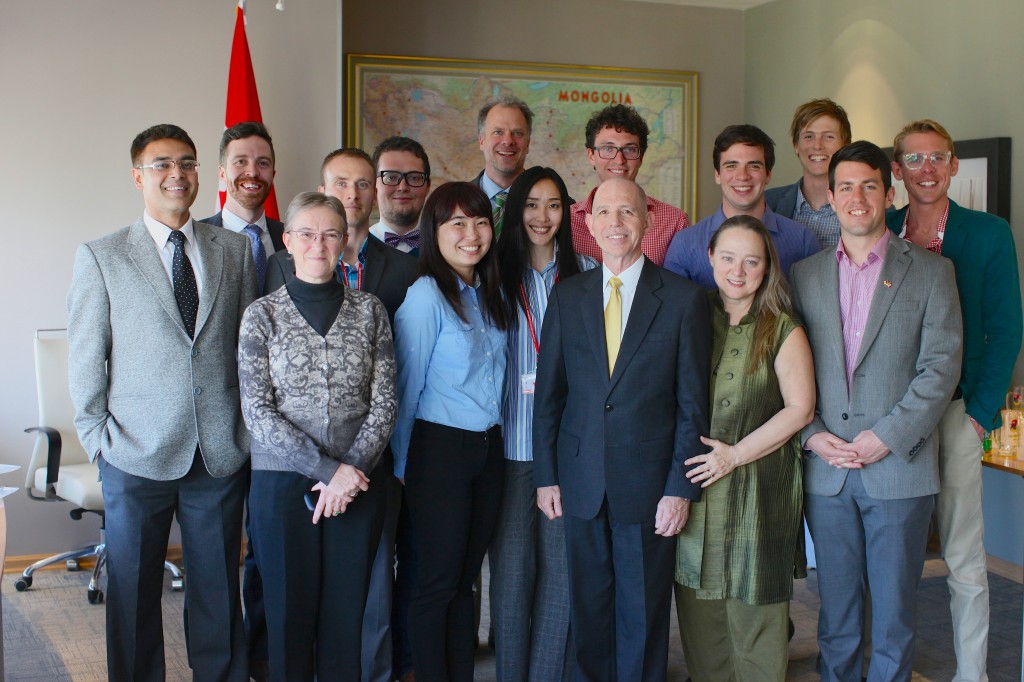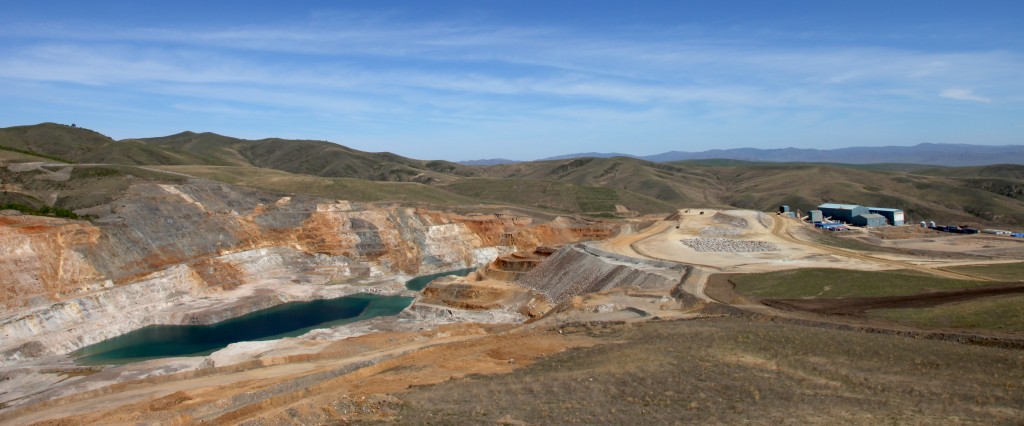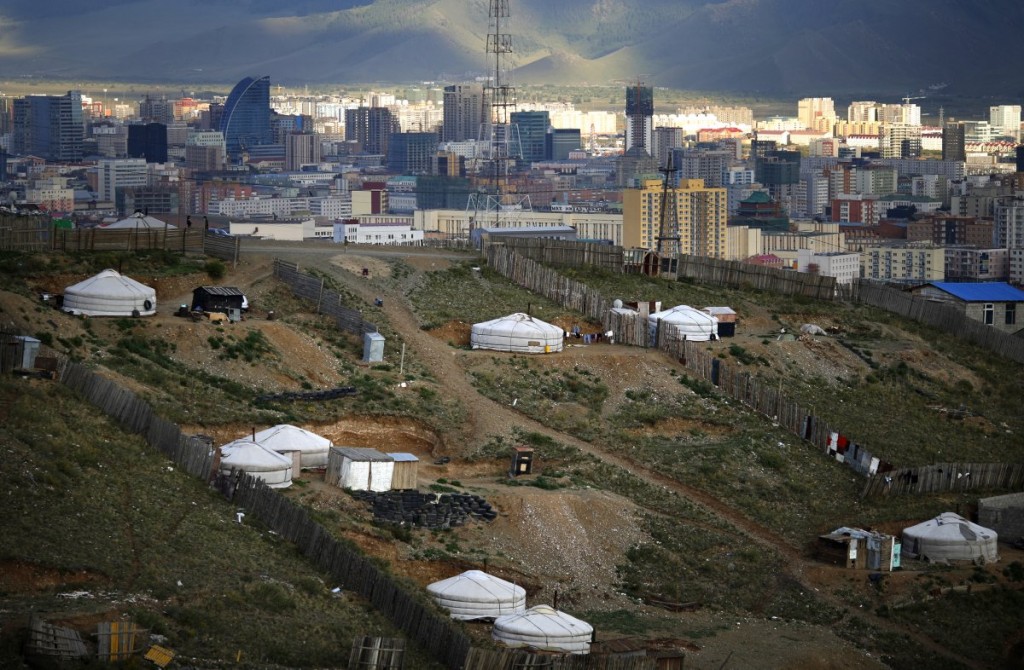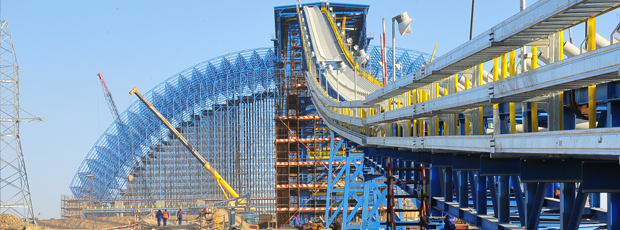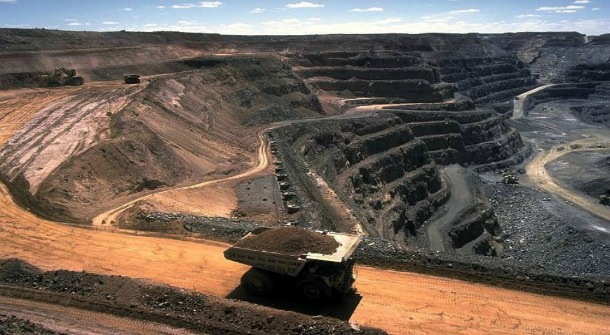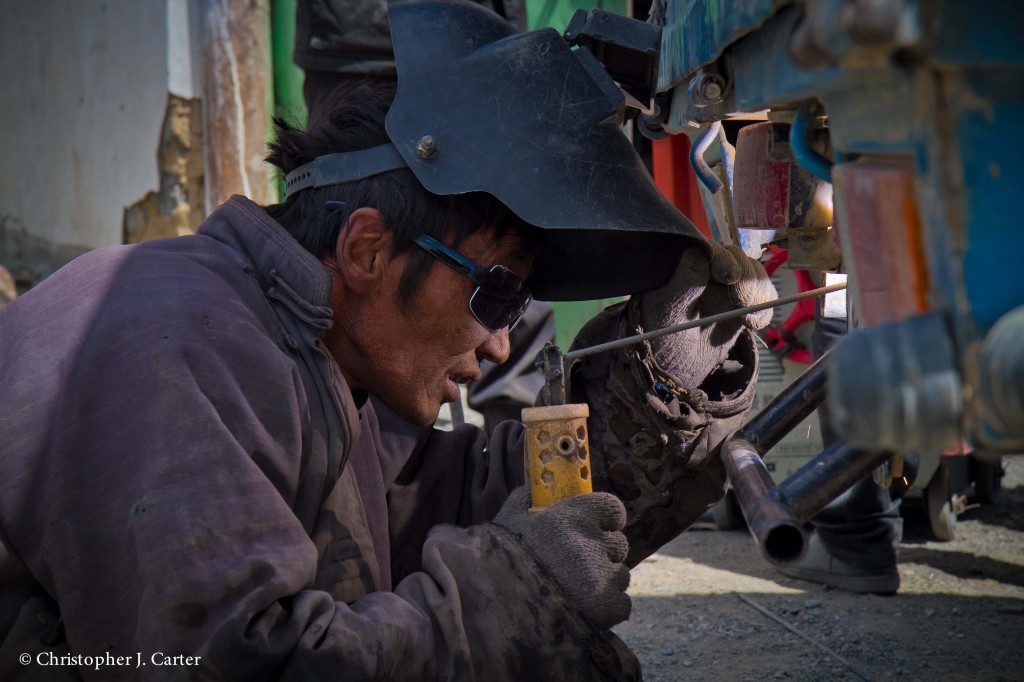Garth Thomson // July 30 ,2014
As a country with a plethora of natural resources and a relatively small population to support with this endowment, Mongolia is in a unique position as it looks to the future. If the development of these resources is managed effectively, there is the potential to for them to lift the country into an era of prosperity, realizing transformative development potential rarely seen in a post-soviet state.
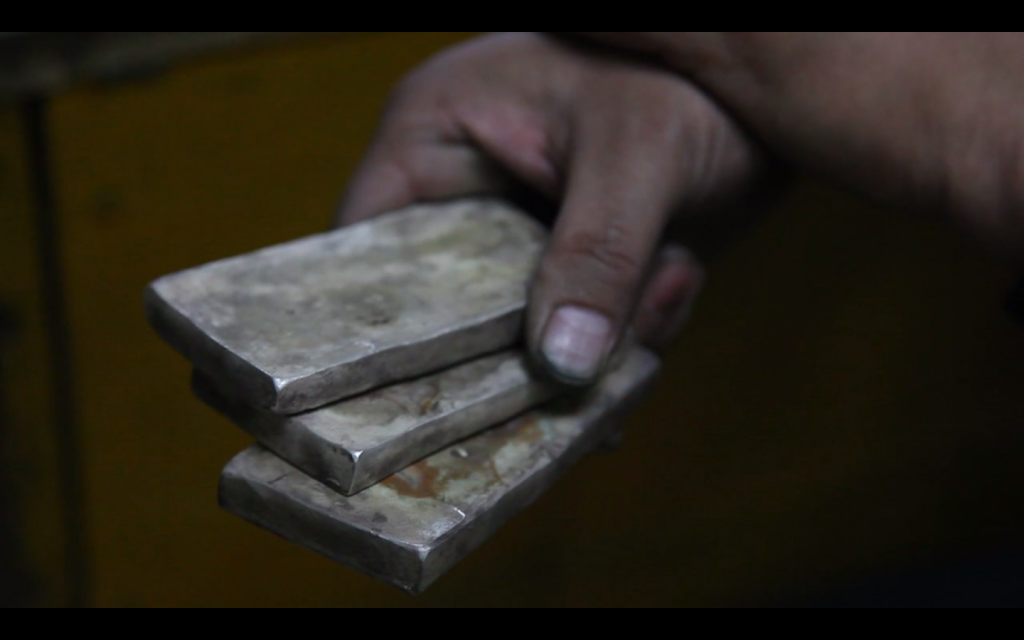
Photo: Christopher J. Carter
But how will these resources be managed effectively? How can Mongolia ensure that the benefits from future mining projects reach all Mongolians; moving the country forward without leaving anyone behind? One needs only a brief glance around the world to see nations with enough natural resources to provide a good life to all, but routinely squander them through mismanagement and corruption. Clearly, Mongolia is need of expertise to ensure the mistakes of other nations are not repeated. But where will the expertise to exploit the nation’s competitive advantage come from in a developing country only 20 years removed from socialism?
During our visit, I found a striking characteristic of the Mongolian people to be their unwavering independence. The nation has a long and proud history, and I found this pride reflected both in the attitude of everyday people I encountered, and the government’s stance on resource policy. The Mongolian government knows it needs foreign investment to develop its resources. Yet, they seem intent on setting their own course on mining policy, ignoring the exaltations of observers. Chinggis would be proud.
This independent streak threatens potential investment in Mongolia, prompting observers to characterize the action as biting the hand that feeds. In addition to scaring off foreign companies, the lack of reform can be also seen to reinforce old ways of doing business. This sentiment was reflected in conversations with expat mining professionals in country. Soviet leftovers like corruption and cronyism did not appear to be as rare as we had hoped, and color the mining industry in a negative light for Mongolians in a time of growing inequality.
So can Mongolia move forward into a modern mining powerhouse? If it can, it will happen internally, through its youth. Mongolia’s population is overwhelmingly young and increasingly urban. This key demographic appears to be increasingly influenced not by old friend Russia, or old enemy China, but by other industrialized countries – some with rich mining histories of their own. Several times I met young Mongolians, well educated, articulate in multiple languages, and enthusiastic about being part of Mongolia’s transformation. Many of these young people had been educated or worked throughout the developed world, and have returned home armed with skills vital to driving economic development. In addition to providing technical skills and expertise, this generation can also bring home new attitudes to old problems like governance, corruption, and wealth distribution. If these attitudes take root, they can be a transformative part of the nation’s future.


